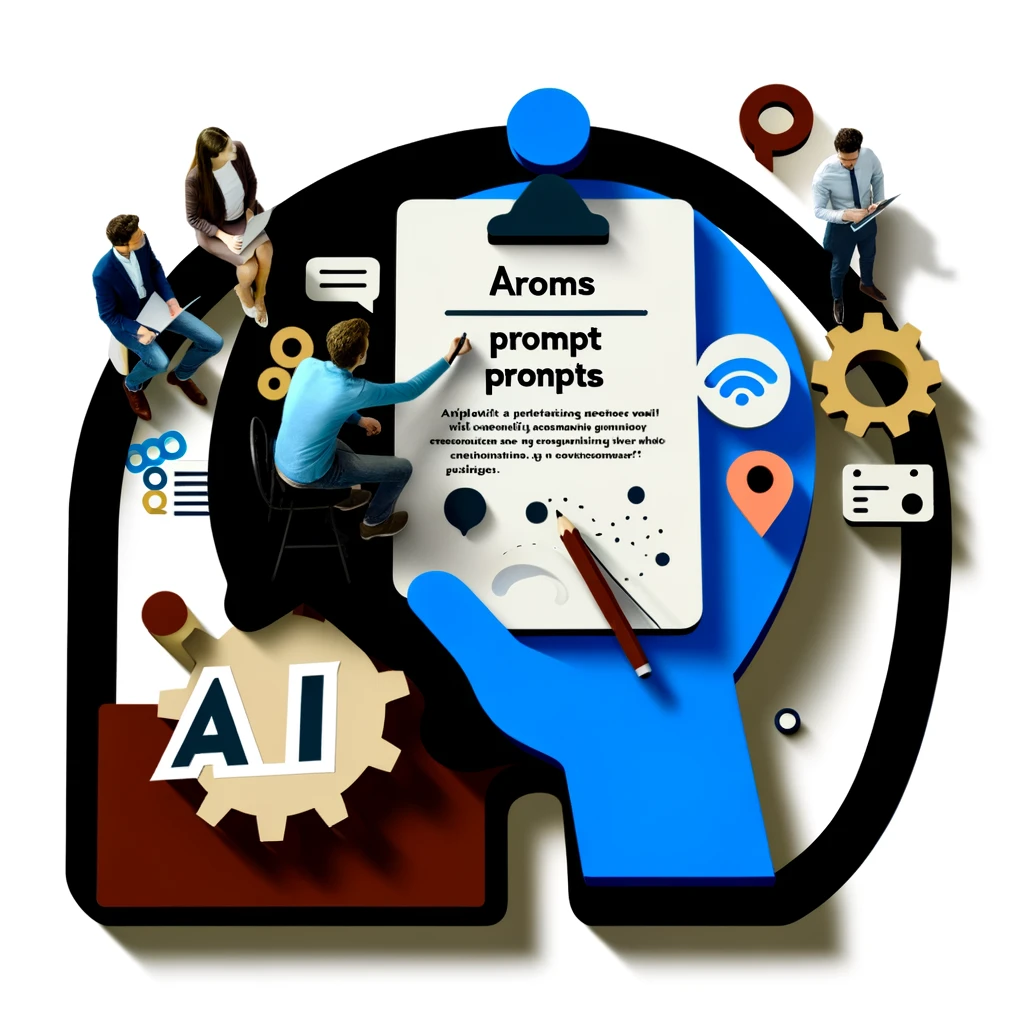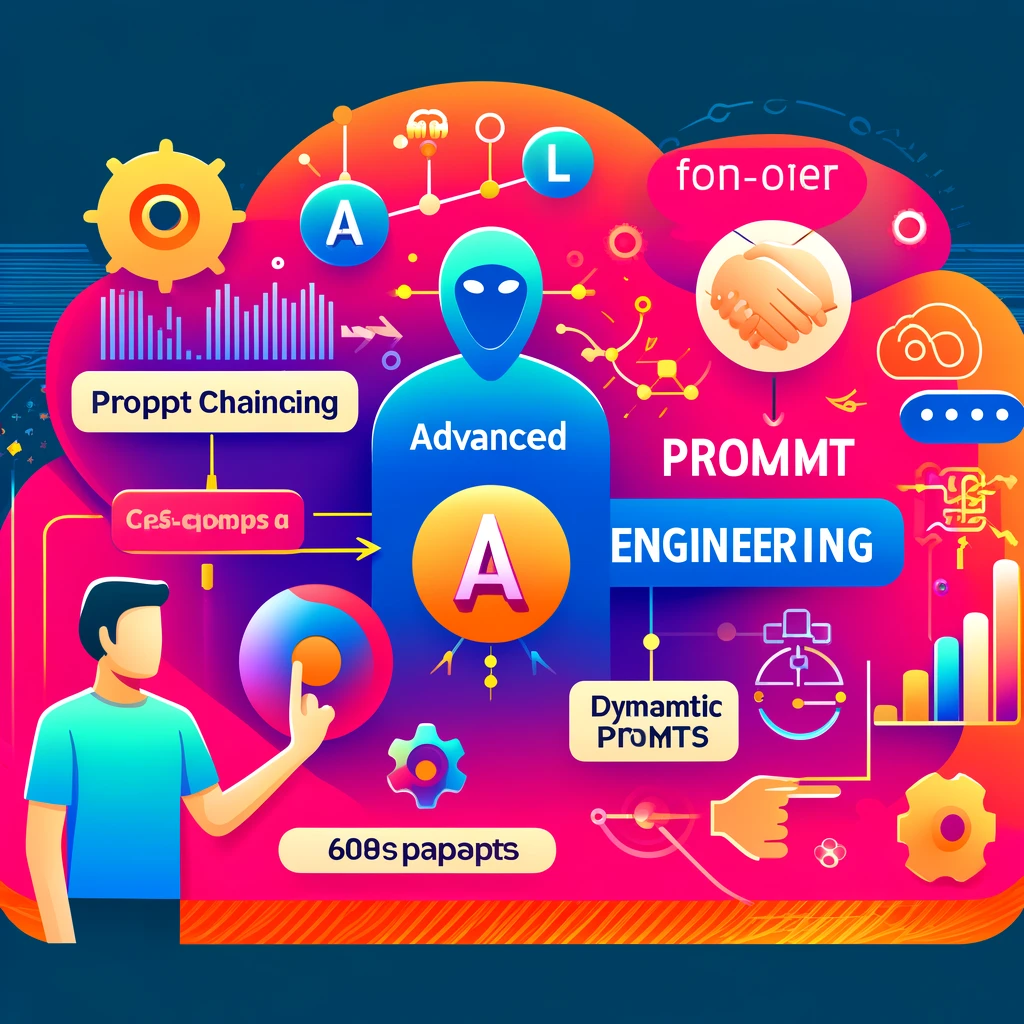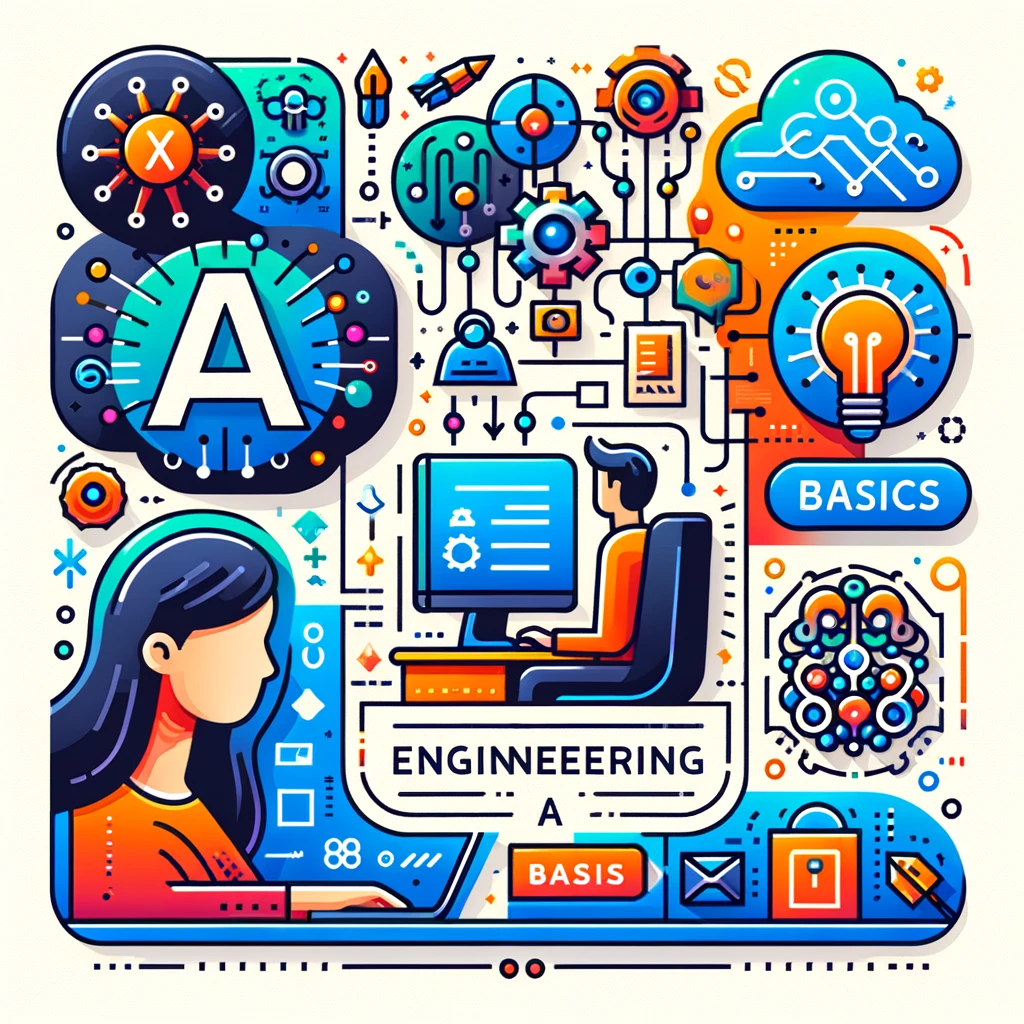
Structure of Prompts
Next up, we’re discussing the structure of prompts. Understanding how to construct a prompt is essential for effective communication with AI systems.
Introduction
A well-structured prompt can significantly influence the quality of the AI’s response. Let's break down the components of an effective prompt. We'll dive into each part in detail to ensure you have a solid understanding of how to create prompts that yield the best possible results.
Components of a Prompt
A typical prompt includes the following components:
- Instruction: Clearly states what you want the AI to do. For example, "Write a short story about a brave knight."
- Context: Provides background information or sets the scene. For example, "The knight lives in a kingdom under threat from a dragon."
- Parameters: Optional details that refine the output, such as format or length. For example, "The story should be between 200 and 300 words."
Step-by-Step Breakdown
Step 1: Crafting the Instruction
The instruction is the core of your prompt. It directly tells the AI what action to perform. Here’s how to create clear and effective instructions:
- Be Direct: Use straightforward language. Avoid ambiguity. For instance, instead of "Tell me about climate change," use "Explain the causes and effects of climate change."
- Action-Oriented: Start with an action verb like "write," "describe," "explain," or "list." This makes the instruction clear and actionable.
- Specify the Task: Ensure the AI understands the specific task. For example, "List the benefits of regular exercise."
Example: "Write a poem about the beauty of autumn."
Step 2: Providing Context
Context enriches the instruction by adding background information. It helps the AI understand the scenario or the specifics of the task:
- Set the Scene: Describe the environment or situation. For example, "The poem should evoke the feeling of a peaceful autumn morning in a forest."
- Relevant Details: Include any pertinent information that can influence the response. For instance, "The poem is for a children’s book."
- Background Information: Provide any historical, cultural, or situational background that can help the AI generate a more accurate response.
Example: "The knight lives in a kingdom under threat from a dragon."
Step 3: Defining Parameters
Parameters refine the prompt by specifying additional constraints or preferences. They help tailor the AI’s output to your exact needs:
- Length: Define the length of the response. For example, "The story should be between 200 and 300 words."
- Format: Specify the format, such as a list, a narrative, or a dialogue. For example, "Provide the answer in bullet points."
- Style: Indicate the style or tone, such as formal, casual, technical, or humorous. For example, "Write in a light-hearted, conversational tone."
Example: "The story should be between 200 and 300 words."
Example Prompts
Let's look at some examples to understand how these components come together:
Instruction: "Write a short story about a brave knight."
Context: "The knight lives in a kingdom under threat from a dragon."
Parameters: "The story should be between 200 and 300 words."Another example:
Instruction: "Describe a day in the life of an astronaut on the International Space Station."
Context: "The astronaut is conducting experiments in microgravity."
Parameters: "The description should be detailed and around 150 words."Hands-On Exercise
Now it’s your turn! Create a prompt using the structure we’ve discussed and share it in the comments. Let’s see how creative we can get! Here’s an example to get you started:
Instruction: "Describe a futuristic city in the year 2100."
Context: "The city is powered by renewable energy and advanced technology."
Parameters: "The description should highlight the city's infrastructure, transportation, and lifestyle, and be around 200 words."Advanced Techniques in Prompt Engineering
As you become more comfortable with basic prompt structures, consider exploring advanced techniques to further refine your prompts. These techniques can significantly enhance the quality and specificity of AI responses, making your interactions with AI systems more productive and insightful.
Chaining Prompts
Chaining prompts involves breaking down complex tasks into a series of smaller, interconnected prompts. This method helps the AI to process information step-by-step, ensuring that each part of the task is addressed thoroughly. By structuring your prompts in a logical sequence, you can guide the AI to build upon its previous responses, creating a cohesive and comprehensive final output.
How to Implement Chaining Prompts:
- Identify the Main Task: Break down the primary task into smaller, manageable components.
- Create Sequential Prompts: Develop a series of prompts that guide the AI through each component in order.
- Link Responses: Use the output from one prompt as the context or input for the next prompt.
Example:
Task: Write a detailed short story.
- Prompt 1: "Describe the setting of the story, including the time period and location."
- Prompt 2: "Introduce the main character and provide a brief background."
- Prompt 3: "Outline the main conflict the character faces."
- Prompt 4: "Describe the climax of the story where the conflict reaches its peak."
- Prompt 5: "Conclude the story by resolving the conflict and describing the aftermath."
Dynamic Prompting
Dynamic prompting adjusts the prompt based on the AI's previous responses to create a more interactive and adaptive experience. This technique allows for real-time refinement and redirection, making the AI's responses more relevant and coherent.
How to Implement Dynamic Prompting:
- Initial Prompt: Start with a broad question or task to gauge the AI's initial response.
- Evaluate the Response: Assess the AI's output for relevance and accuracy.
- Refine the Prompt: Modify the subsequent prompt based on the previous response to narrow down or expand the scope.
Example:
Task: Explore the impact of a technological innovation.
- Initial Prompt: "Describe the main features of blockchain technology."
- Follow-up Prompt: "Based on the features you described, explain how blockchain can enhance security in financial transactions."
- Further Refinement: "Discuss potential challenges and limitations of implementing blockchain technology in banking."
Multi-step Prompts
Multi-step prompts involve using multiple prompts in succession to guide the AI through a more complex task. This approach is particularly useful for projects that require detailed analysis, multi-faceted responses, or step-by-step instructions.
How to Implement Multi-step Prompts:
- Define Each Step: Clearly outline each step required to complete the overall task.
- Sequential Prompts: Create a prompt for each step, ensuring that each one builds on the previous.
- Iterative Refinement: Continuously refine and adjust prompts based on the AI's responses to maintain focus and relevance.
Example:
Task: Analyze the environmental impact of renewable energy sources.
- Step 1: "List the main types of renewable energy sources."
- Step 2: "For each type, explain how it generates energy."
- Step 3: "Discuss the environmental benefits of using renewable energy compared to fossil fuels."
- Step 4: "Identify potential environmental drawbacks or challenges associated with renewable energy."
- Step 5: "Propose solutions to mitigate the environmental challenges of renewable energy."
Conclusion
By incorporating these advanced techniques into your prompt engineering practice, you can create more precise, interactive, and comprehensive prompts. This will not only improve the quality of the AI's responses but also enhance your ability to leverage AI for complex tasks and projects. Keep experimenting with chaining, dynamic prompting, and multi-step prompts to find the best approach for your specific needs.

Types of Prompts
Explore the different types of prompts, including direct, indirect, instructional, and more. Learn when and how to use each type for effective AI communication.
View
Basic Concepts and Terminology in Prompt Engineering
Understand the basic concepts and terminology in prompt engineering. Learn about prompts, context, models, and outputs to build a strong foundation for advanced learning.
View


